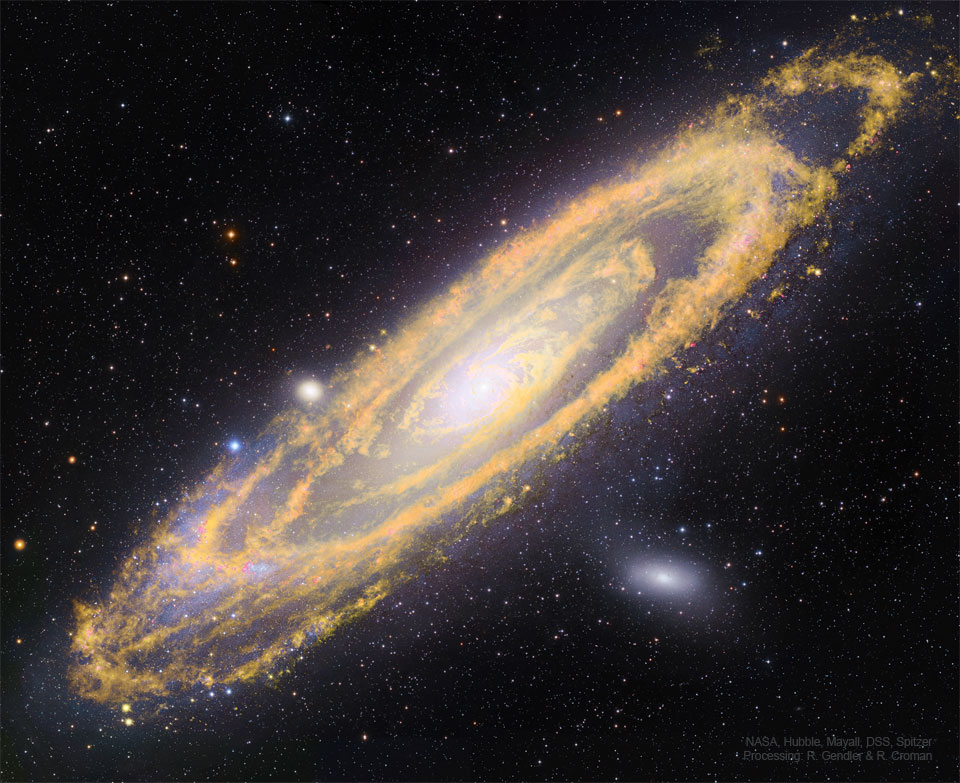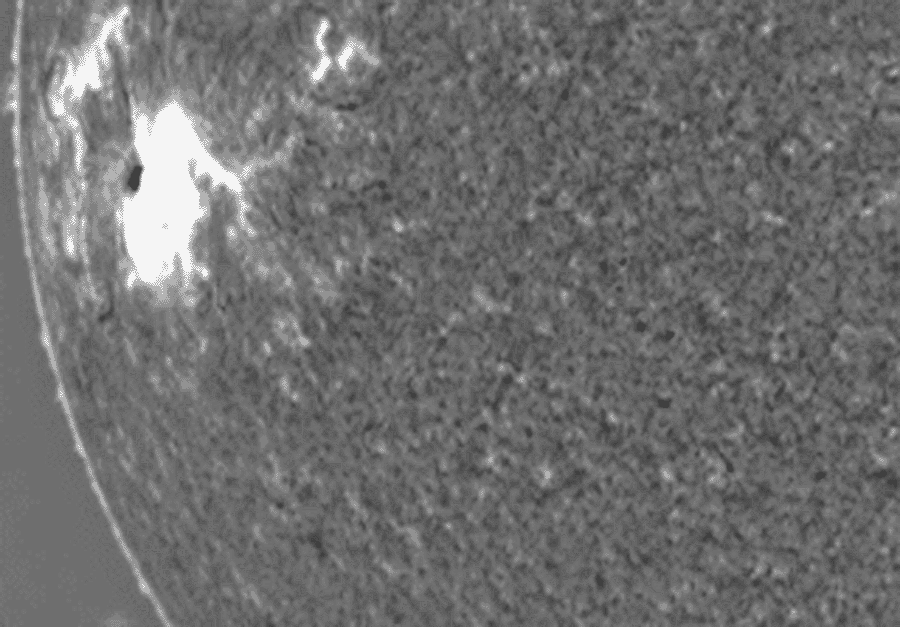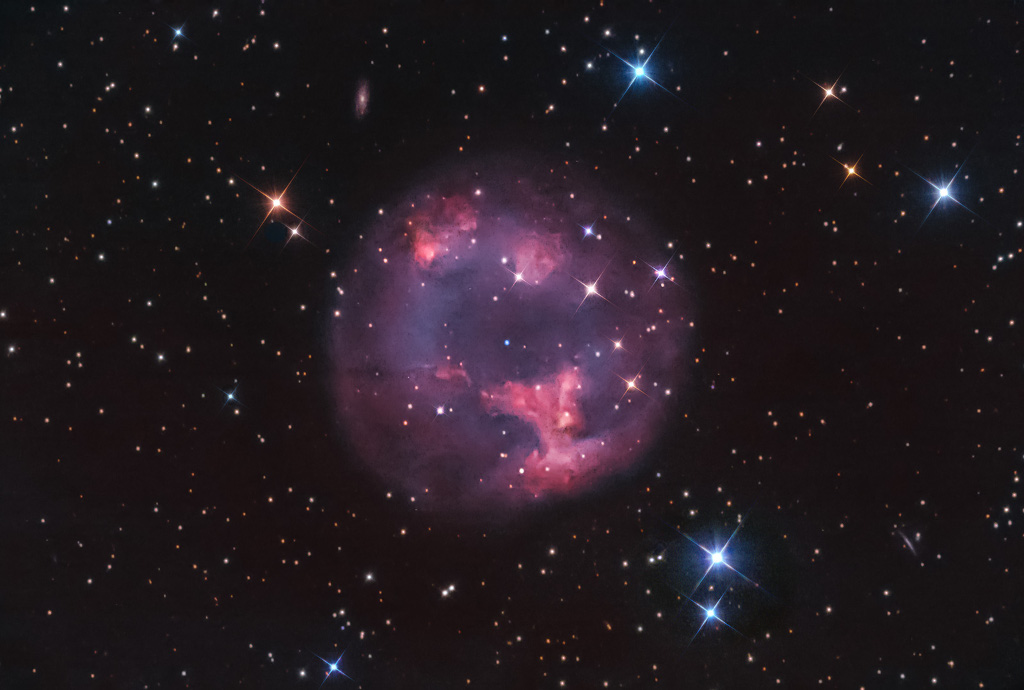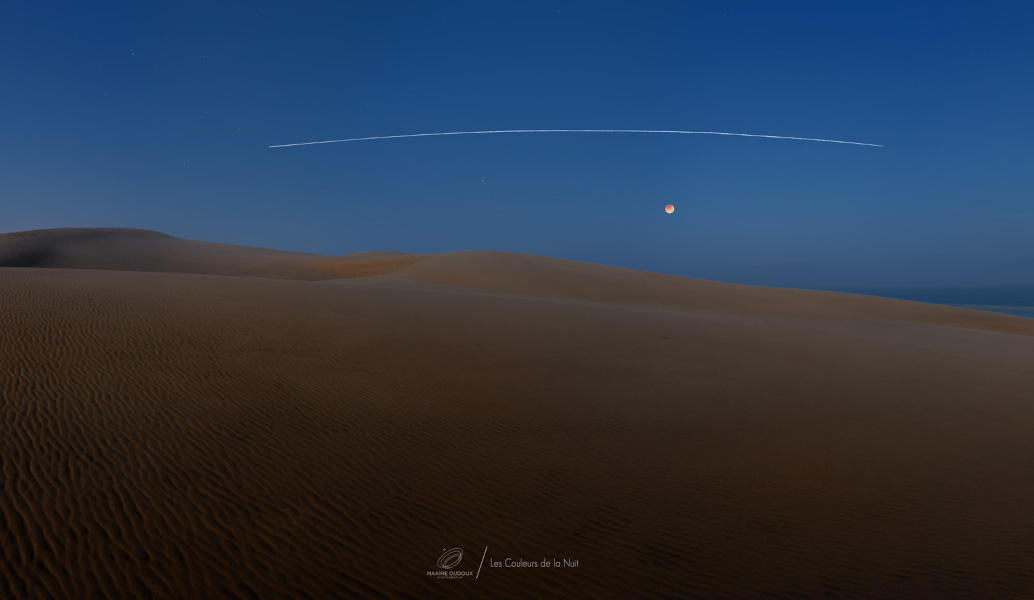President Joe Biden and Japanese Prime Minister Fumio Kishida met in Tokyo Monday where they announced progress on collaboration for human and robotic lunar missions.
from NASA https://ift.tt/LKz46ds
via IFTTT
President Joe Biden and Japanese Prime Minister Fumio Kishida met in Tokyo Monday where they announced progress on collaboration for human and robotic lunar missions.
from NASA https://ift.tt/LKz46ds
via IFTTT
NASA will provide live coverage of the upcoming return activities for the agency’s Boeing Orbital Flight Test-2 (OFT-2). As part of the uncrewed flight test, Boeing’s CST-100 Starliner spacecraft will depart from the International Space Station for a landing in the western United States.
from NASA https://ift.tt/ndZkWvT
via IFTTT
David McBride, director of NASA’s Armstrong Flight Research Center in California, announced plans to retire on June 30 after 35 years of service to the agency. He began his career at NASA as an intern.
from NASA https://ift.tt/a7o1HGn
via IFTTT






Boeing’s CST-100 Starliner is in orbit, heading for the International Space Station following launch Thursday of the next-generation spacecraft on a United Launch Alliance (ULA) Atlas V rocket on a mission designed to test the end-to-end capabilities of the crew-capable system as part of NASA’s Commercial Crew Program.
from NASA https://ift.tt/h1L7kgz
via IFTTT